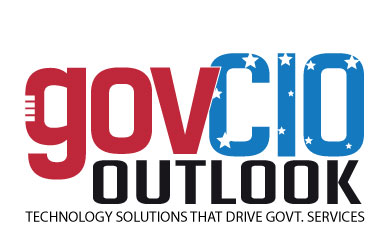Welcome back to this new edition of Gov CIO Outlook !!!✖
May- 201919GOVERNMENT CIO OUTLOOKBeyond Transparency to Open Accountabilityo an Internet search for "open data portal" and you will find a wealth of information and links to local, state, and federal government open data sites. Many of these sites describe their open data efforts in terms of accessibility and transparency, which is a giant step in the right direction. Open data, by definition, is data that can be freely used, reused, and redistributed by anyone. To make it more useful, sites encourage using the data for purposes beyond research, such as developing web and mobile applications and designing data visualizations. While some sites mention accountability, I am often left wondering to whom? To what standards? With what process or tools? Data transparency and accessibility do not equal accountability, especially when the amount of online data is growing exponentially.Too Much of a Good Thing Access to a large amount of data sounds like a good thing, but the Internet is full of data, with 90% added in the last two years, according to some studies. The internet now has over two billion active websites and that number is growing too. Case in point, my search for "open data portal" returned 250 million results! People are inundated with data to the point that articles are being written about how to avoid being overwhelmed by it. One of the largest U.S. government open data portals I found is data.gov, the federal government's portal that provides access to over 240,000 datasets, with more being added all the time. In addition to its own datasets, this site aggregates datasets from many sources including cities, counties, and states. While topical organization of data by subjects such as public safety, environment, budget, etc. helps, the data consumer is often left to figure out how to use the data to hold agencies accountable.Marin County's Open Data JourneyLike many organizations, Marin County launched an open data portal that began with a handful of datasets. In less than two years, it has grown to over 100 public assets datasets, measures, stories, maps, and visualizations. Three times that amount are in development, with many more in the planning stage. Last year, Marin County took the next step in open data and launched Compass, an aptly named organizational performance program that uses data to orient us in what we are doing today and navigate us toward a future of continuous improvement. Compass builds upon our existing data and open data portal tools. It uses datasets, analytics, automated data flows, dashboards, and other web tools to move from static organizational DCXOINSIGHTSBy Liza Massey, CIO, County of Marin Department of Information Services and TechnologyLiza Massey
< Page 9 | Page 11 >
< Page 9 | Page 11 >
